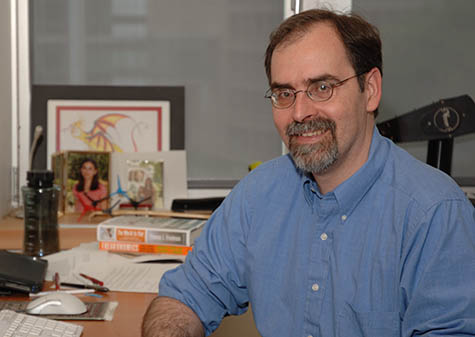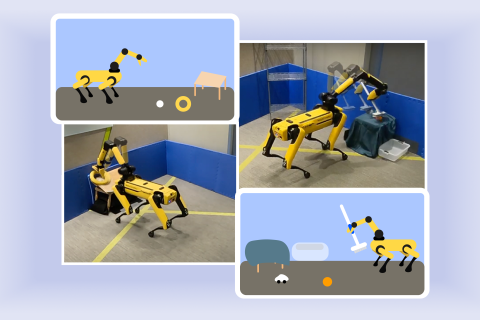This week the National Academy of Engineering (NAE) elected Tomás Lozano-Pérez, MIT School of Engineering Professor in Teaching Excellence and CSAIL principal investigator, as a member for his work in robot motion planning and molecular design.
The NAE awards membership to engineers who are “pioneering new and developing fields of technology, making major advancements in traditional fields of engineering, or developing/implementing innovative approaches to engineering education."
Lozano-Pérez is among 128 new NAE members and 22 international members. His current research integrates task, motion, and decision-theoretic planning for robotic manipulation. The goal: Give robots a more advanced understanding of their surroundings while refining their abilities to manipulate objects for different household and factory tasks.
He and MIT professor Leslie Kaelbling lead the Learning and Intelligent Systems group at CSAIL. They and their students recently developed an approach called “PROC3S” to help robots with household chores and other multi-step tasks. The researchers used vision models to see what’s near the machine and model all its constraints, having an LLM sketch up a plan that’s checked in a simulator to ensure it’s safe and realistic. The team also developed the “Estimate, Extrapolate, and Situate” (EES) algorithm last year, which helps robots like the Spot quadruped decide which tasks are most useful for practicing in environments like factories, homes, and hospitals. EES uses a vision system to track its surroundings, assess the robot’s performance, predict improvements, and refine skills through practice and feedback.
Lozano-Pérez has made fundamental contributions to motion planning in robotics. In 1977, he introduced the concept of configuration space as the fundamental representation for robot motion planning algorithms, including planning for collision-free trajectories, grasping, and assembly.
His prior work spans computational chemistry, where he worked on predicting drug activity and determining protein structures from nuclear magnetic resonance (NMR) and X-ray data. He has also worked on object recognition within computer vision and multiple-instance learning in machine learning (where a group of data called a “bag” is broadly labeled as one thing, but only some items inside are responsible for that label).
Lozano-Pérez received three degrees from MIT in computer science (SB '73, SM '76, PhD '80). He was formerly the Associate Director of MIT’s AI Laboratory and Associate Head for Computer Science at MIT's Department of Electrical Engineering and Computer Science (EECS). His past honors include a 2021 IEEE Robotics and Automation Award, a 2011 IEEE Robotics Pioneer Award, and a 1985 Presidential Young Investigator Award. He is a Fellow of the AAAI, ACM, and IEEE.



